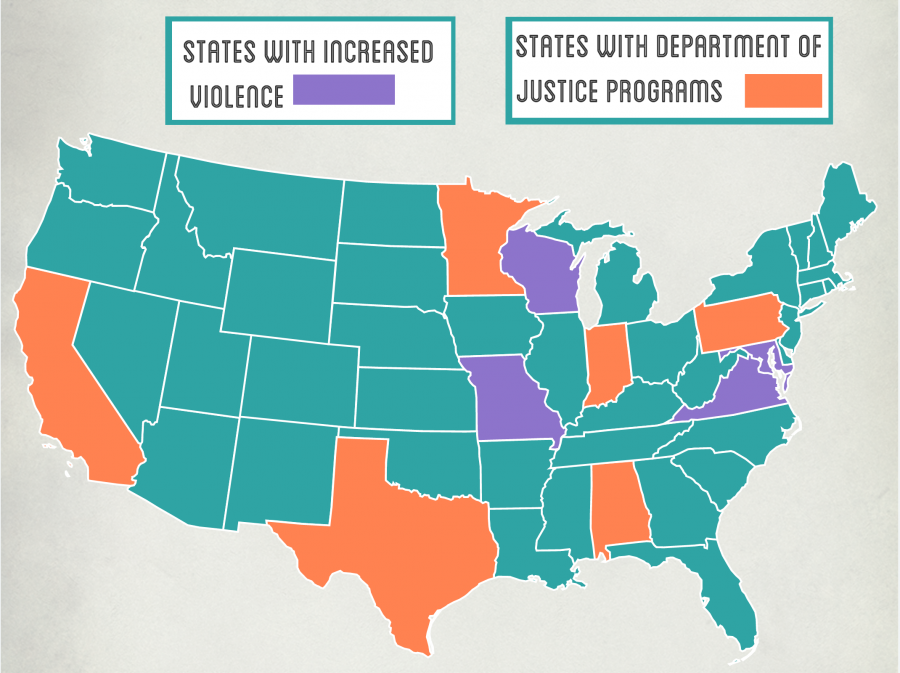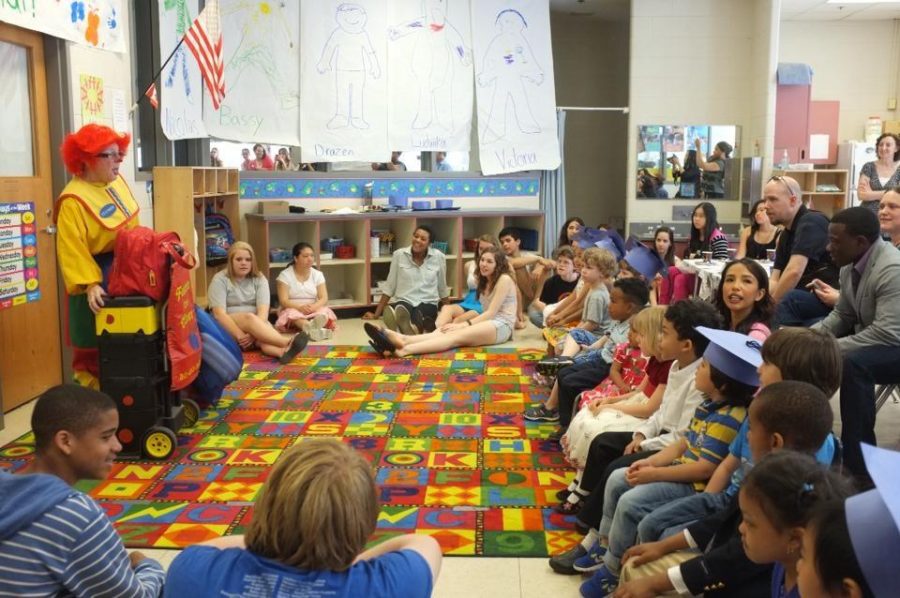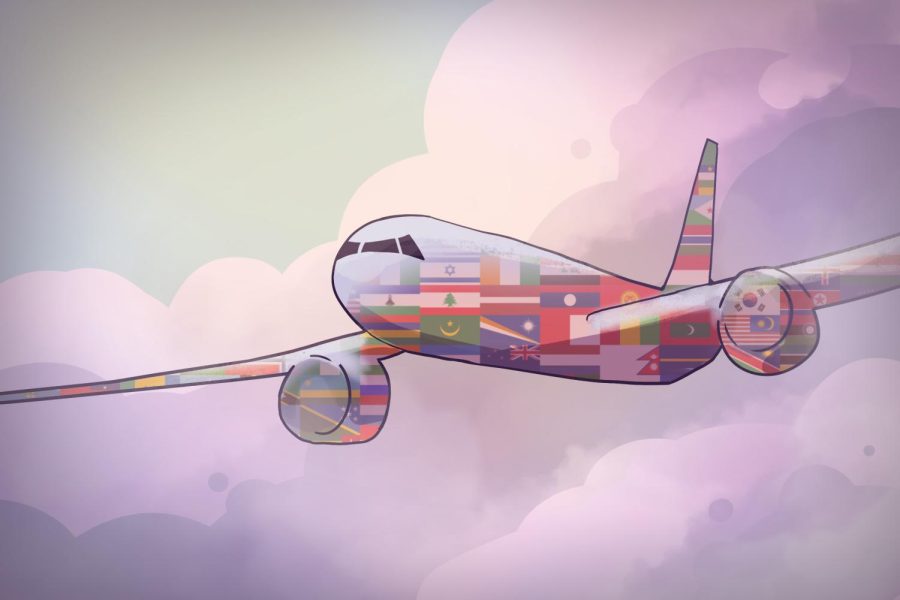Ferguson, Missouri; Madison, Wisconsin; Charlottesville, Virginia and Baltimore, Maryland. All of these cities have had recent displays of police brutality. These tragedies sweeping our nation have prompted people to look for a solution to the spike in police violence.
Baltimore is the latest city to receive national attention for police brutality. Forty-nine minutes away from Whitman, students the same age as we are began protesting the death of Freddie Gray April 18.
Gray was taken into police custody for allegedly possessing an illegal knife April 12. He died six days later from spinal injuries believed to be received while in police custody.
The issue has risen as the public has learned of more and more unarmed black men being harassed or shot by police officers. Newspaper and television interviews suggest a general distrust between police officers and minorities.
Police outreach can help to reduce this problem.
National Police Activities Leagues have been around for 70 years, sponsoring activities to improve relations between the police and the public. Programs include sports for kids like baseball and basketball, coached by police officers.
There are currently nine PAL branches in Baltimore County, up from the original four. While the number of branches is increasing, the degree of police involvement has decreased, as PAL centers are no longer under the umbrella of the Baltimore County Police Department.
“When the PAL centers reverted back to the Department of Recreation and Parks, some of the PAL Centers continued to have a presence of the county police at the sites. Others are not as frequently visited by the officers,” Recreation and Parks department head Barry F. Williams said.
In Madison, Ferguson and Charlottesville, no such PAL programs exist.
Police Athletic Leagues should be started by police forces throughout the country as a means to reduce violence and improve relations with the public. The need for better community outreach has even reached the national news: the New York Times recently published an article about the West Baltimore neighborhood, Sandtown-Winchester, where Freddie Gray lived and was arrested. In the article William Stewart, a longtime friend of Gray’s, spoke of his fond memories of several police officers.
Stewart noted that the Police Athletic League of his childhood has closed, and said he’s had many encounters with “suspicious and rough” police officers since then.
In the Washington Post’s article about community building in Fresno, California, reporter Wesley Lowery cited a study published by the Journal of Experimental Criminology showing that such programs do more to improve relations than to reduce crime.
But while these programs may not directly reduce crime, improved relations with the public may go a long way in troubled neighborhoods.
Sacramento, California’s department started an outreach program called “Summer Night Lights” in the summer of 2014. It contributed to 14 murder-free weeks in one of Sacramento’s most violent neighborhoods, participants said.
The program, organized by the Sacramento Police Department, included activities like basketball, creative arts activities, and dinner at night to keep kids occupied and off the streets.
The outreach focused on painting the officers as community members as opposed to a police force.
While there is no guarantee that this method of community outreach will reduce violence, strong evidence suggests it will. Municipalities all over the country should focus on building relationships between the police and the community to lessen the apparent power struggle.











jhg • May 19, 2015 at 10:09 am
stop overlooking that these alleged incidents of police brutality would have never happened if the people were law abiding citizens